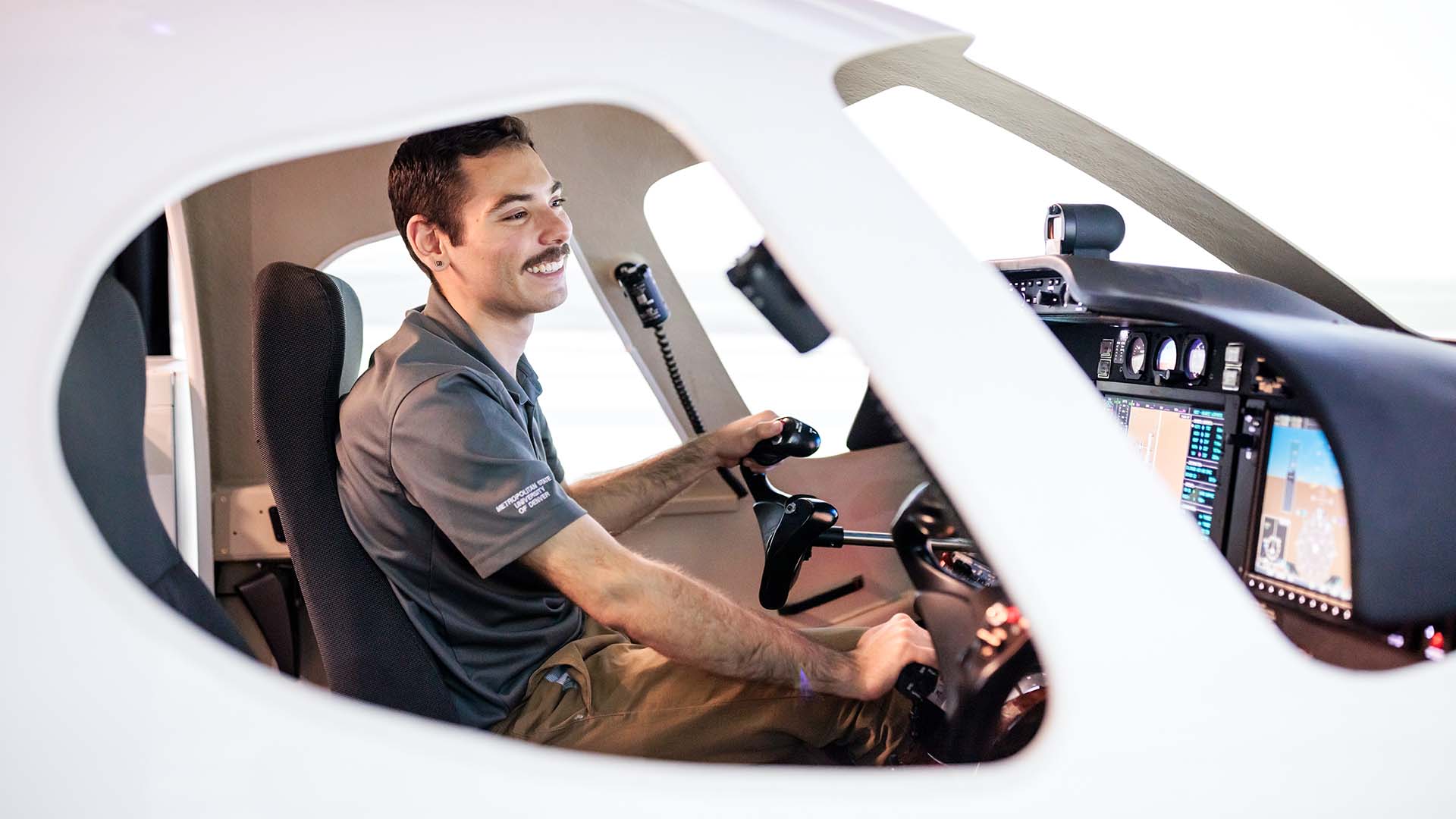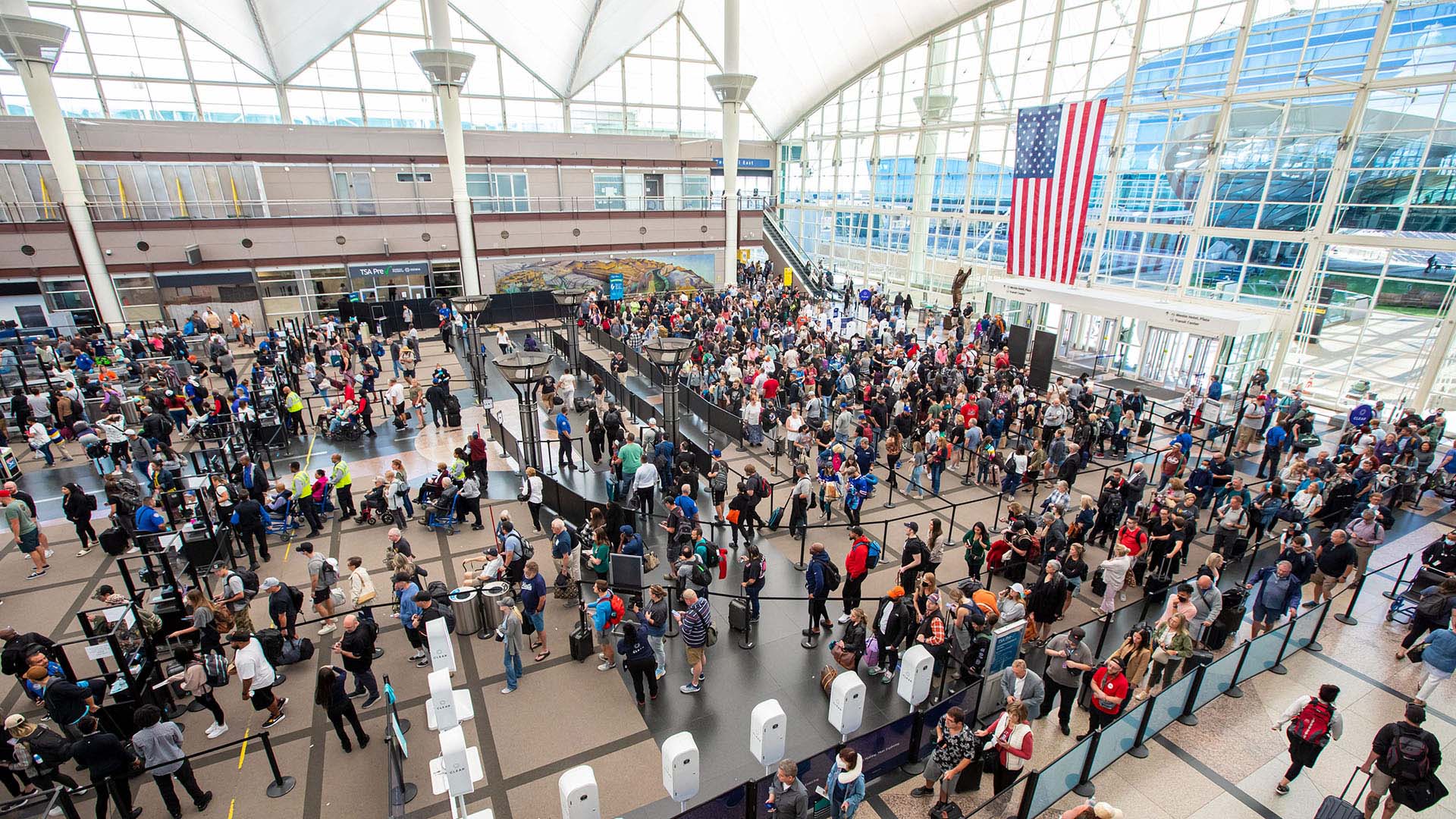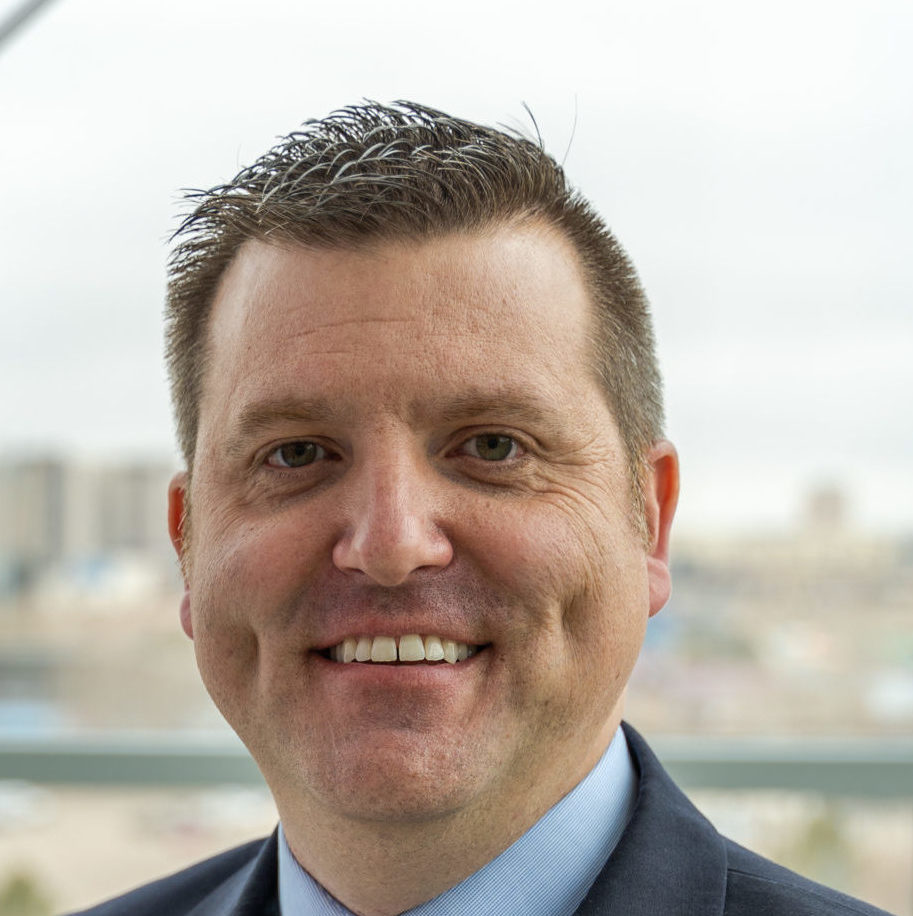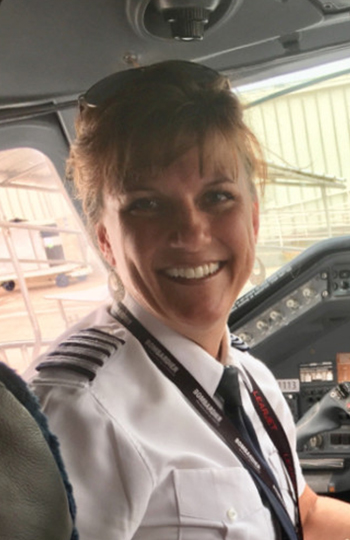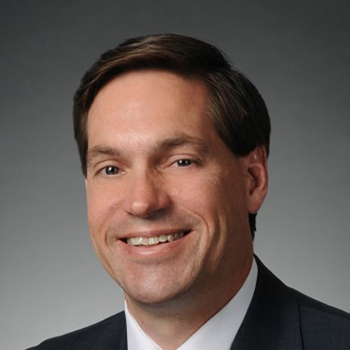When disaster hits at an airport
Emergency manager details how often-unpredictable events can unfold after a shooting.
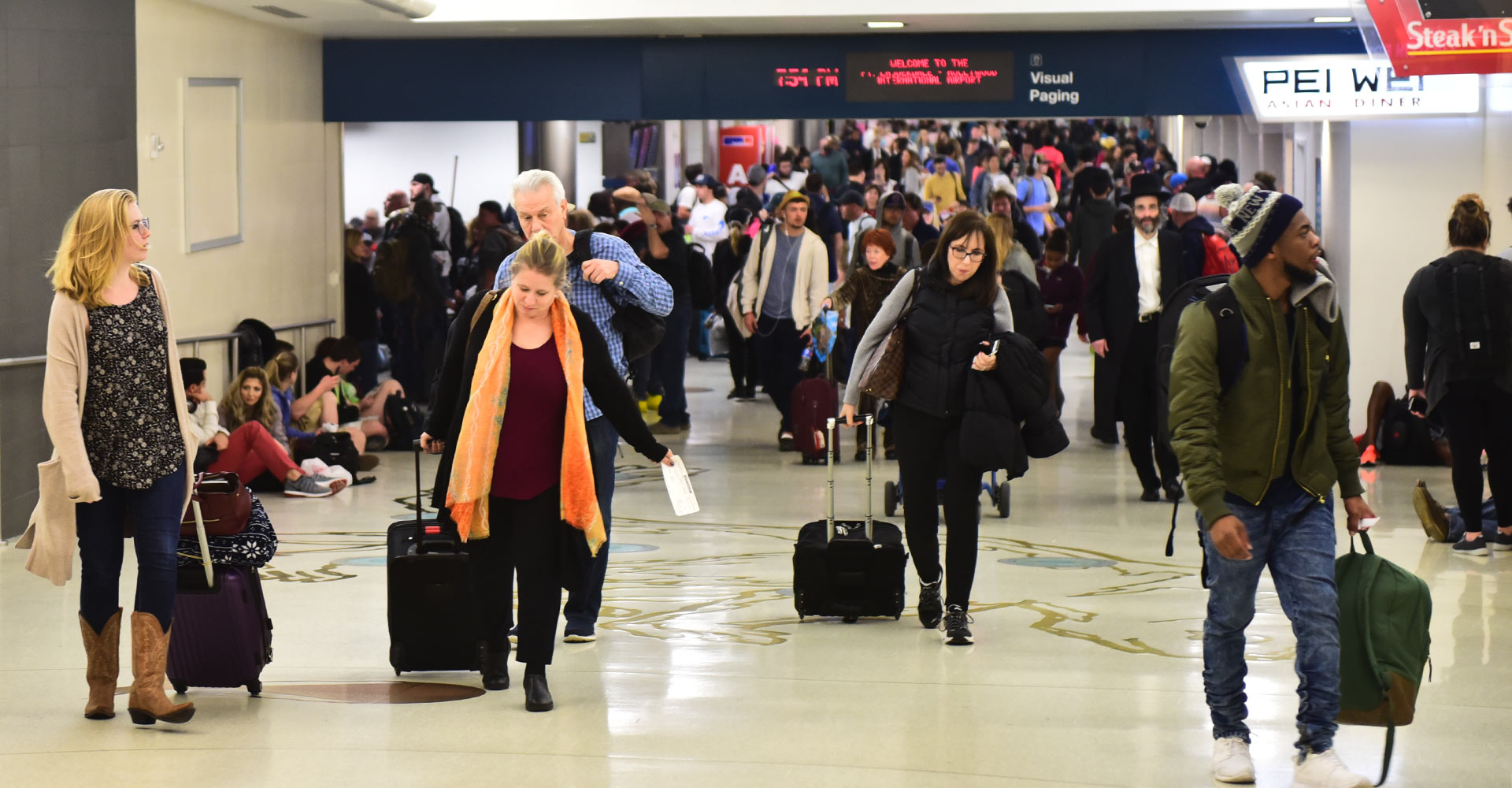
Behind the scenes at Fort Lauderdale-Hollywood International Airport, personnel kept things running as usual. They couldn’t have known what would happen that day in 2017 – the dominoes that would fall, mobilizing thousands of emergency responders and gridlocking the region – after Esteban Santiago opened fire with a handgun in a terminal baggage-claim area, killing five airline passengers.
The shooting and subsequent events are “what we refer to as ‘Jan. 6’” at the south Florida airport, said Jason Alvero, the airport’s emergency manager at the time. “When we talk about this incident, this is what we call it. It’s our most significant event that occurred at the airport.”
Alvero told the story Sept. 21, speaking to Metropolitan State University of Denver’s chapter of the American Association of Airport Executives. Alvero is a U.S. Marine Corps veteran and 2013 graduate of MSU Denver’s aviation-technology program who recently accepted a new job as emergency manager at Raleigh-Durham International Airport in North Carolina. Meanwhile, he has founded his company, Av-Space, to consult for other airports on their emergency services.
In less than a year on the job in Fort Lauderdale, he’d quickly learned to expect the unexpected after aircraft accidents and hurricanes. Even as events unfolded the day of the shooting, Alvero took notes, already anticipating what has, in the year and a half since, taken shape as a first-of-its-kind airport emergency-response plan that lays out plans within plans – including new communication technology and stocking up on snacks.

“That primary incident” – the shooting itself – “was the most tragic but the least of our problems that day,” Alvero said. “Little did we know what was about to happen to us.”
The people factor
The airport brings in passengers to Fort Lauderdale’s adjacent cruise-ship terminal, with 32 million people flying in and out in 2017. About 12,000 passengers were at the airport the day of the shooting.
“Being in the military and the Marine Corps, when we experience this stuff, it’s all part of your job,” Alvero said. “When it happens on your home turf, it’s a whole different feeling.”
Within a couple of hours, the airport was close to resuming normal operations, though, when psychological effects started to manifest in the form of several reports – unsubstantiated in the long run – of additional shooters throughout the airport.
“In my experience, in working with airports and working with organizations and working even with our federal partners and our local and state partners, there is no plan that says, ‘OK, how do you deal with eight different locations of reports of multiple shooters that encompasses 12,000 passengers and another 6,000 employees?’” Alvero said.

Outside the airport, traffic backed up at checkpoints. Buses from several systems, including inmate-transport buses, ferried thousands of stranded passengers from the airport to the nearby Port Everglades cruise terminal.
A new airport evacuation and repopulation plan is one of six major plans Alvero worked on establishing. All of which are in place or in development now, along with an active-threat plan that includes more types of threats than just shootings; an airport emergency plan developed by a task force of agencies; a family-assistance and customer-care plan that also addresses needs of flight crews and airport personnel; a crisis-communication plan with tactical elements such as system redundancies and code phrases plus procedures for talking to the media and public; and a continuity-of-operations plan addressing business and operational aspects.
In addition to planning, the airport has organized a new series of training classes into six tiers, with the highest tier reserved for emergency managers, requiring more than 150 classes. The new Airport Employee Emergency Training class is required for everyone, while about 1,200 have learned how to stop bleeding with a tourniquet.
Responding on the fly
In all, 2,600 emergency personnel responded to the shooting, followed by what the airport refers to as the “secondary” incident – the reports of more shooters. Law-enforcement agencies from throughout Broward County responded, along with the FBI, Transportation Security Administration, Federal Air Marshal Service, Miami-Dade Police Department – even international consulates. Some 260 ambulances showed up within 90 minutes.
The response was “phenomenal” but not without its own issues:
“I personally ran into seven different law-enforcement officers who said, ‘Hey, I’m the incident commander,’” Alvero said.
MSU Denver Professor of Aviation and Aerospace Science Jeffrey Price, co-author of “Practical Airport Operations, Safety and Emergency Management,” said first responders have started to coordinate with one another more since 9/11 but that nationwide, the ability to work together efficiently is still not good enough.
“Unfortunately, it’s a problem that has not been completely solved, but it’s better,” said Price, whose upcoming book is titled “Incident Command for Airports.”
In Fort Lauderdale, operators had the airport back up and running about 24 hours after the shooting, but the response continued for days.
The immediate aftermath required food and shelter for thousands, a mobile ID center for issuing driver’s licenses and a pharmacy for issuing prescription drugs to passengers who had lost theirs in the chaos.
Later, 23,000 personal items had to be returned to passengers, and counseling was provided to help with what Alvero described as the “massive amount” of psychological effects in the wake of Jan. 6
Esteban Santiago, an Army reservist, pleaded guilty to killing five people and wounding six. In all, 53 people were taken to hospitals by ambulance, many for heart attacks or injuries from trampling as 12,000 people attempted to evacuate.
Alvero says more airports need to adopt plans like the one being implemented in south Florida:
“There is no regulation out there that says who steps up to the plate to take care of this.”


